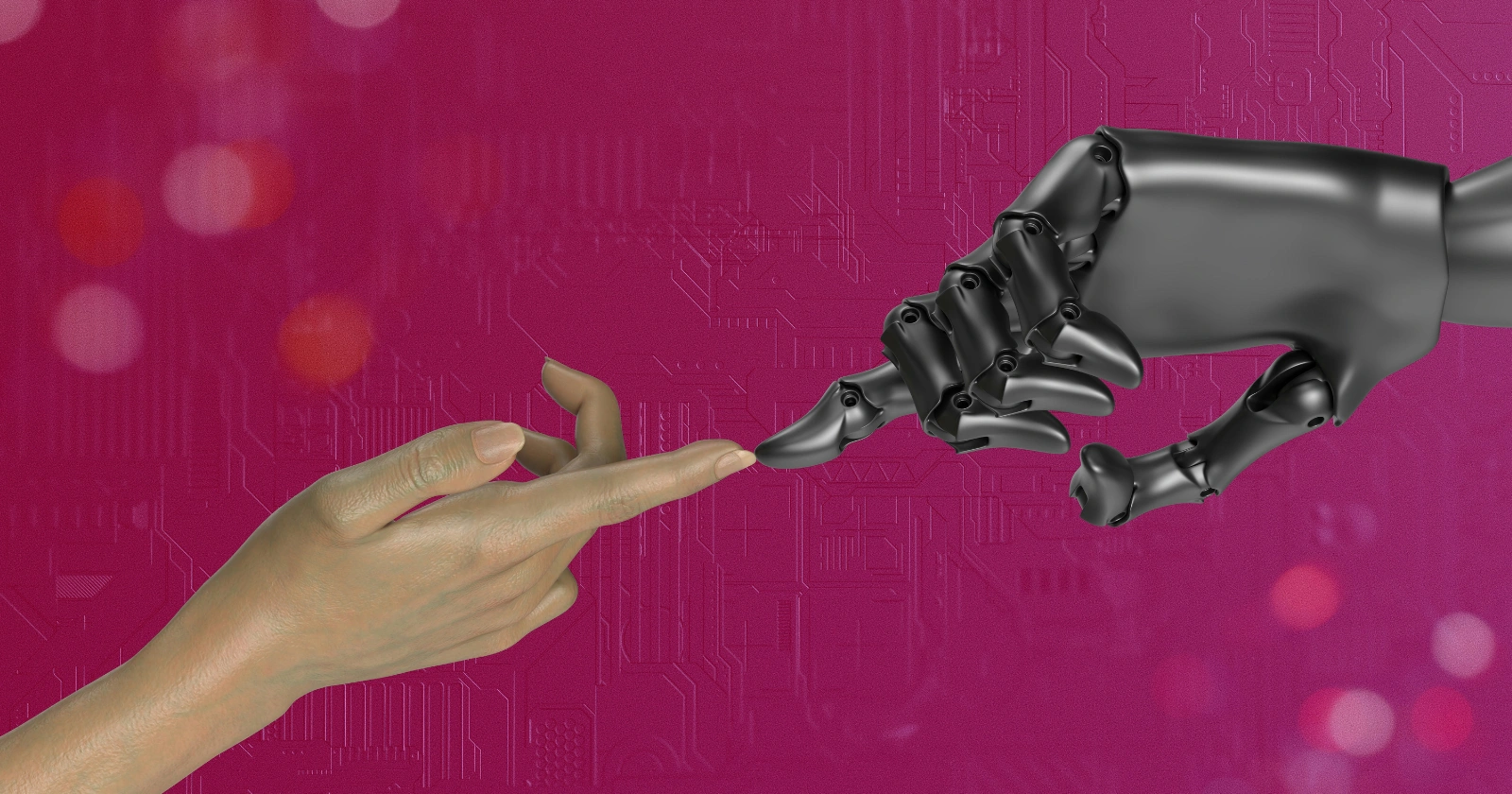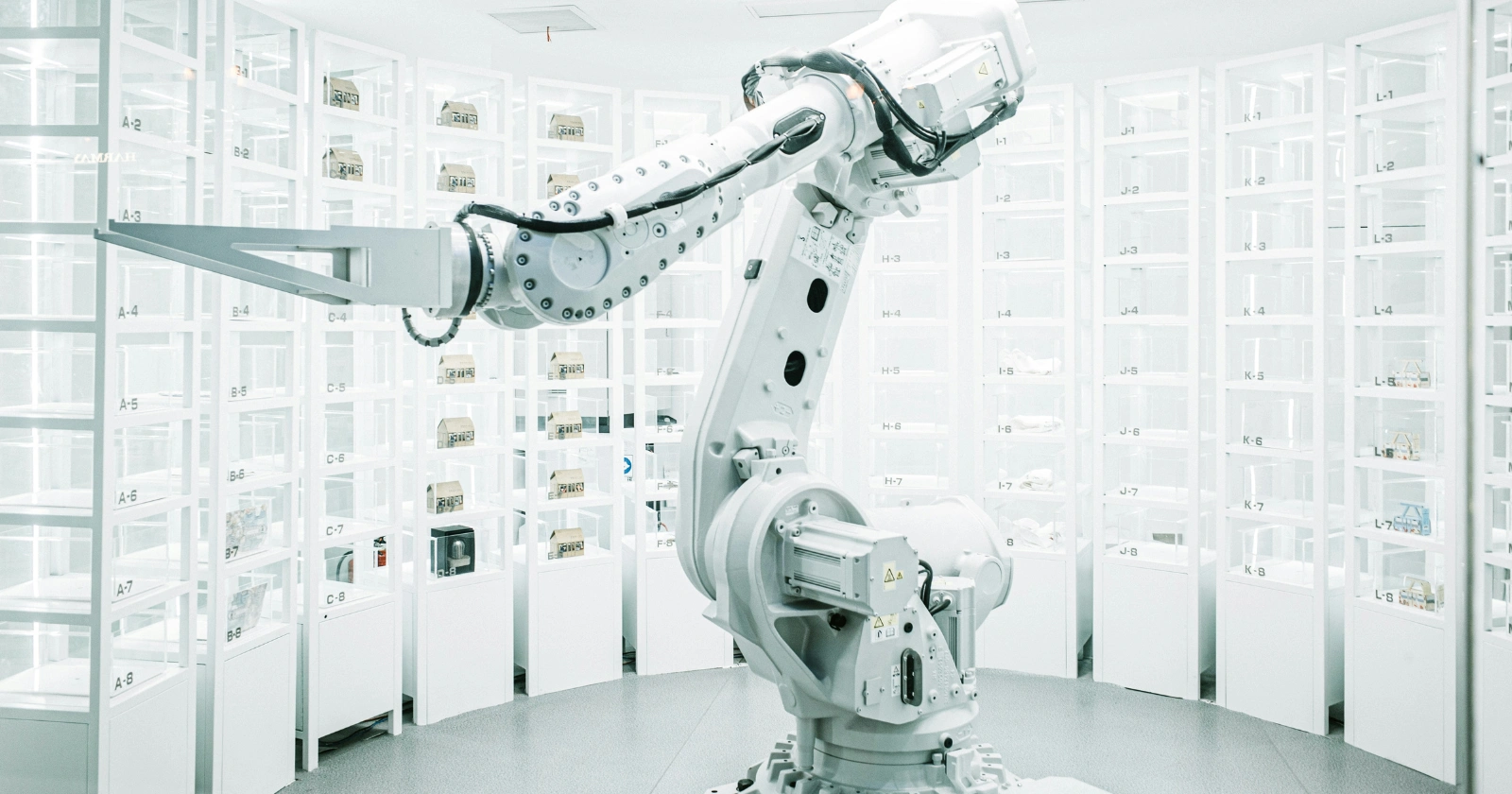The workplace is undergoing a seismic shift as artificial intelligence (AI) evolves from a tool to a teammate. No longer confined to automating repetitive tasks, AI systems now collaborate with humans, making decisions, suggesting strategies, and even influencing team dynamics.
This transformation promises unprecedented gains in efficiency and innovation, but it also introduces a complex psychological landscape. How do humans build trust with non-human teammates? What happens to critical thinking when AI takes on cognitive tasks? These questions are at the heart of a growing conversation about the future of work.
The integration of AI teammates reshapes how people perceive their roles, interact with colleagues, and approach problem-solving. Research highlights both the potential and the pitfalls: AI can enhance performance, but it can also erode trust, creativity, and emotional well-being if mismanaged.
The psychological impact of working alongside AI is not just a technical issue—it’s a human one, touching on identity, collaboration, and workplace culture. Understanding these dynamics is critical for organizations aiming to harness AI’s power while preserving the human spark that drives innovation.
As AI becomes a fixture in offices, factories, and virtual workspaces, the challenge lies in fostering collaboration that amplifies human strengths rather than diminishing them. This exploration delves into the psychological effects of AI teammates, offering insights into trust, communication, cognition, and emotional well-being. By examining research and real-world applications, it provides a roadmap for navigating this new frontier of teamwork with clarity and purpose.
The Trust Equation in Human-AI Teams
Trust forms the foundation of any successful team, but building it with AI teammates is uniquely challenging. Unlike human colleagues, AI lacks emotional cues, personal motivations, or the ability to build rapport naturally. This creates a distinct dynamic where trust is often miscalibrated from the start.
Initial Optimism and Automation Aversion
People often approach AI teammates with a positivity bias, assuming they are highly competent due to their technological nature. Studies show that this initial trust can lead to over-reliance, where users expect flawless performance. However, when AI makes errors—such as misinterpreting data or suggesting incorrect actions—trust can erode rapidly. This phenomenon, known as automation aversion, is particularly pronounced after a single high-profile failure. For instance, a 2024 study found that trust in AI teammates declined significantly after one mistake, unlike human teams where trust often recovers through communication and empathy.
Balancing Performance and Relatability
Interestingly, humans may trust a lower-performing human teammate more than a high-performing AI. This stems from social pressures and the relatability of human colleagues. AI’s lack of emotional depth can make it feel less trustworthy, even when it outperforms humans in data-driven tasks. To counter this, organizations must design AI systems with transparency, ensuring users understand how decisions are made. Explainable AI, which clarifies its processes and limitations, helps build a more accurate mental model, fostering trust that is both realistic and resilient.
Communication Barriers in AI Collaboration
Effective teamwork hinges on clear communication, but human-AI collaboration often struggles in this area. Unlike human teams, where shared understanding evolves through dialogue and non-verbal cues, AI teammates operate on logic and data, creating unique challenges.
The Shared Mental Model Gap
Humans struggle to form a shared mental model with AI because its internal processes are opaque. Without insight into how AI reaches conclusions, workers may misinterpret its actions, leading to coordination breakdowns. For example, a 2024 study simulating a cooperative task found that human-AI teams engaged in less proactive communication compared to human-only teams, resulting in lower efficiency. This gap can be bridged by designing AI with conversational interfaces that mimic human-like dialogue, making interactions feel more intuitive.
Proactive vs. Reactive Communication
Human teams excel at proactive “push” communication, where team members anticipate needs and share information unprompted. AI, however, often relies on reactive “pull” communication, responding only when prompted. This can create inefficiencies, as humans must explicitly request information or actions. Research suggests that AI systems designed to initiate tasks based on context—such as prioritizing urgent deliverables—can improve team performance. However, overly autonomous AI risks disrupting human workflows, highlighting the need for situational adaptability.
Cognitive Shifts in the Age of AI Teammates
Working with AI doesn’t just change how tasks are completed—it reshapes how people think. The cognitive impact of AI teammates is profound, offering both opportunities to enhance performance and risks of diminishing critical skills.
The Cybernetic Teammate Effect
AI can act as a “cybernetic teammate,” amplifying individual and team capabilities. A 2024 field experiment with 776 professionals at Procter & Gamble found that individuals using AI matched the performance of two-person teams, achieving a 37% improvement in results. This boost comes from AI’s ability to handle data-heavy tasks, freeing humans to focus on creative and strategic work. However, this partnership requires careful calibration to avoid over-reliance.
Cognitive Offloading and Skill Erosion
Over-dependence on AI can lead to cognitive offloading, where workers outsource critical thinking and problem-solving. A study of 319 AI users found that regular reliance on generative AI reduced independent problem-solving skills. This erosion can diminish creativity and judgment over time, as workers lean on AI for answers rather than engaging deeply with problems. To mitigate this, organizations should encourage active engagement with AI, where users question and refine its outputs rather than accepting them passively.
Preserving Human Judgment
AI’s role as a thought partner, rather than a decision-maker, is key to preserving human judgment. By using AI to challenge ideas, explore unfamiliar domains, and verify information, workers can broaden their expertise without sacrificing analytical skills. This approach ensures that AI enhances, rather than replaces, human cognition.
Emotional Dynamics of AI Collaboration
The emotional landscape of the workplace is shifting as AI teammates become more prevalent. While AI can streamline tasks, its social limitations can impact emotional well-being in unexpected ways.
The Loneliness Risk
Reduced interpersonal interaction is a significant concern in human-AI teams. As workers collaborate more with AI, they may engage less with human colleagues, leading to feelings of isolation. A 2023 study linked this shift to increased loneliness and, in some cases, counterproductive work behaviors like disengagement or burnout. Organizations can counter this by fostering human-centric team activities and ensuring AI complements, rather than replaces, social connections.
Anxiety and Job Security
The fear of being replaced by AI is a real concern, particularly for low-skilled workers. This anxiety can lower job satisfaction and increase stress, undermining workplace morale. Leaders play a critical role in addressing these fears through transparent communication and reskilling programs that empower employees to adapt to AI-driven workflows.
The Emotional Paradox
Collaborating with AI can evoke a range of emotions, from excitement to frustration. While some workers report positive experiences—such as enthusiasm from improved performance—others feel anxious when AI systems are overly human-like but lack genuine empathy. Designing AI with appropriate emotional boundaries, such as avoiding excessive anthropomorphism, can help balance these dynamics.
Strategies for Effective Human-AI Collaboration
To harness the benefits of AI teammates while addressing psychological challenges, organizations must adopt a human-centric approach. The following strategies can foster effective collaboration:
Transparency and Explainability
AI systems should be designed to clearly communicate their capabilities and limitations. Transparent AI builds trust by allowing users to understand decision-making processes, reducing the risk of automation aversion.
Clear Role Definition
Defining distinct roles for humans and AI ensures complementary strengths are leveraged. AI excels at data analysis and repetitive tasks, while humans bring creativity, empathy, and ethical judgment to the table.
Ethical Frameworks
Robust ethical guidelines are essential to prevent algorithmic bias and ensure human oversight in high-stakes decisions. Aligning AI use with organizational values fosters trust and accountability.
Leadership Support
Leaders must act as emotional anchors, addressing employee concerns and providing reskilling opportunities. Open communication about AI’s role can alleviate fears and build a collaborative culture.
Collaborative Design
AI should be designed to facilitate teamwork, with features like conversational interfaces and seamless task handoffs. This enhances coordination and reduces communication barriers.
Balanced Engagement
Encouraging workers to critically engage with AI outputs prevents cognitive offloading. Regular training can promote active collaboration, ensuring AI enhances rather than replaces human skills.
Key Facts and Findings
| Aspect | Impact of AI Teammates |
|---|---|
| Performance | AI boosts individual performance by 37%, matching two-person teams (Procter & Gamble, 2024). |
| Trust | Trust in AI erodes after errors due to automation aversion (CHI 2024 study). |
| Communication | Human-AI teams show less proactive communication, reducing efficiency (2024 simulation). |
| Cognition | Over-reliance on AI leads to cognitive offloading, diminishing critical thinking (2023). |
| Emotional Well-Being | AI collaboration can increase loneliness and job insecurity, impacting morale (2023). |
| Situational Autonomy | Adaptive AI outperforms fixed autonomy, rated as more intelligent (Salikutluk et al., 2024). |
Closing Thoughts
The rise of AI teammates marks a pivotal moment in the evolution of work. These systems offer remarkable potential to enhance performance, streamline tasks, and broaden expertise. Yet, their integration demands a nuanced understanding of the psychological dynamics they introduce.
From trust and communication to cognition and emotional well-being, the challenges of human-AI collaboration are as complex as they are transformative. By prioritizing transparency, ethical design, and human-centric strategies, organizations can create a future where AI amplifies human potential rather than diminishing it.
The path forward lies in balance—leveraging AI’s strengths while preserving the creativity, empathy, and judgment that define human contribution. As workplaces evolve, the focus must remain on fostering collaboration that empowers individuals and teams alike. The question is not whether AI will reshape work, but how humans will shape that transformation to ensure a future that is both productive and profoundly human.
FAQs
AI teammates actively collaborate with humans, making decisions and suggesting actions, unlike passive tools that require explicit commands.
AI can inspire initial optimism, but errors lead to automation aversion, eroding trust faster than in human teams.
Yes, studies show AI boosts individual performance by up to 37%, matching two-person teams in certain tasks.
Cognitive offloading occurs when workers rely on AI for critical thinking, potentially diminishing independent problem-solving skills.
AI collaboration can increase loneliness and job insecurity, particularly if it reduces human interaction or raises fears of replacement.
Situational autonomy allows AI to adjust its initiative based on context, improving performance and perceived intelligence.
Transparency, explainability, and clear role definitions help users understand AI processes, fostering realistic trust.
The lack of a shared mental model and AI’s reliance on reactive communication can hinder coordination and efficiency.
Yes, engaging critically with AI as a thought partner can strengthen analytical skills and broaden expertise.
Leaders provide emotional support, reskilling programs, and transparent communication to ease the transition to AI collaboration.



